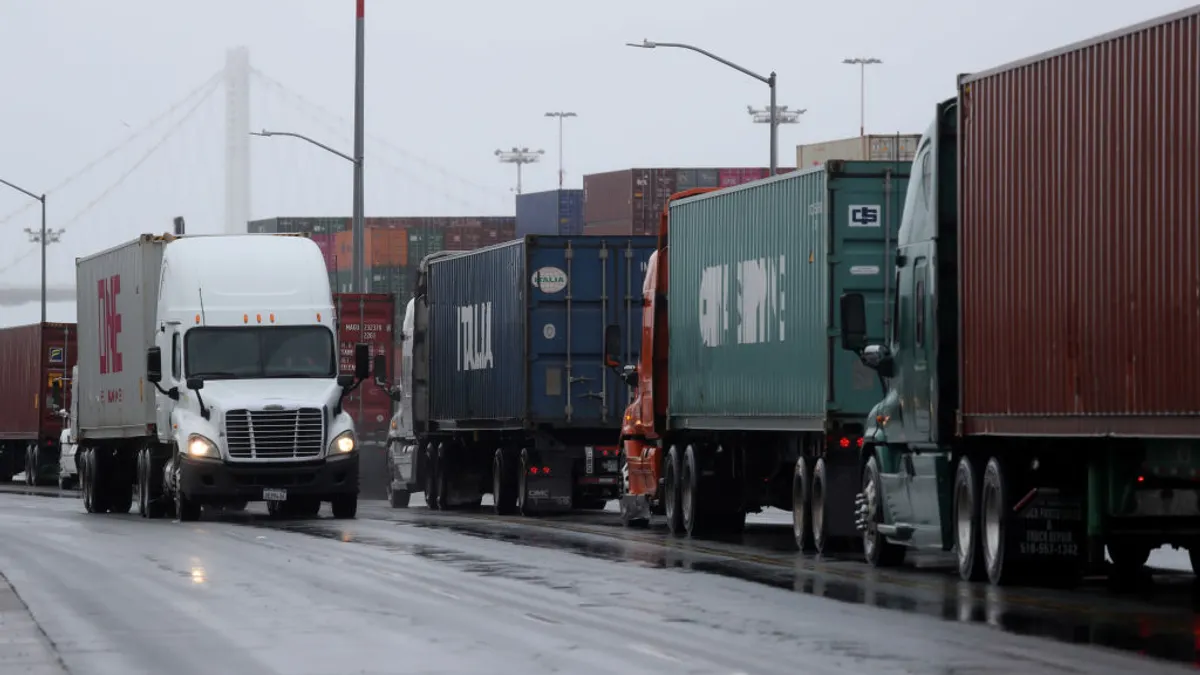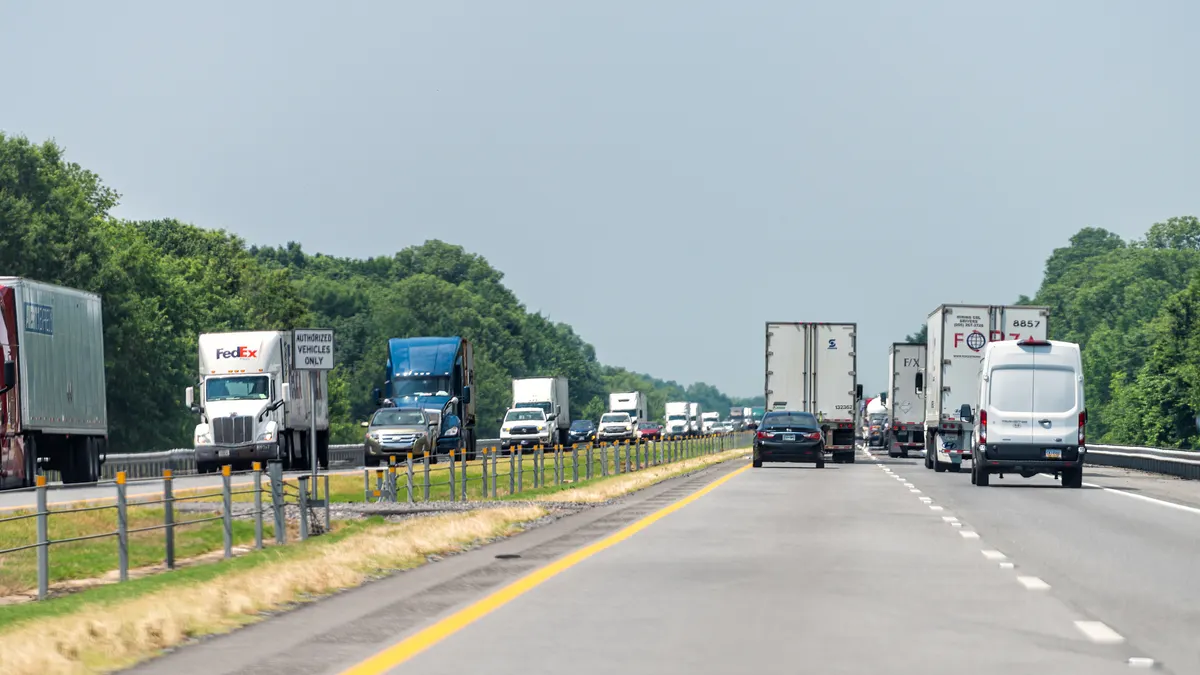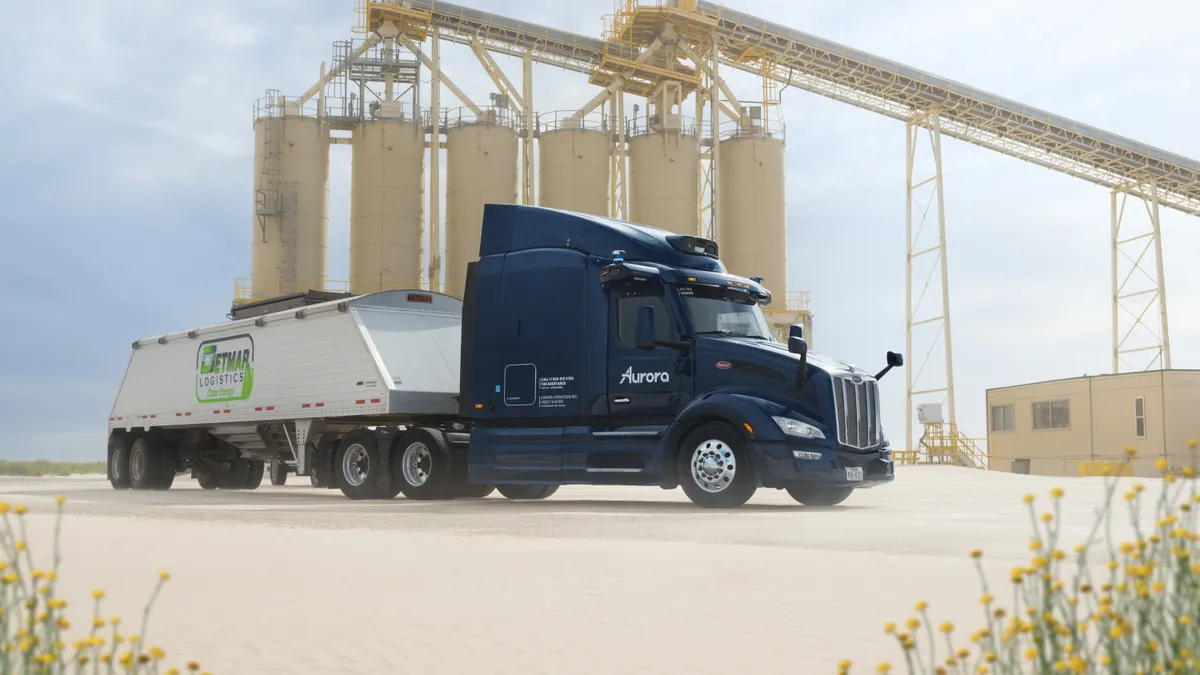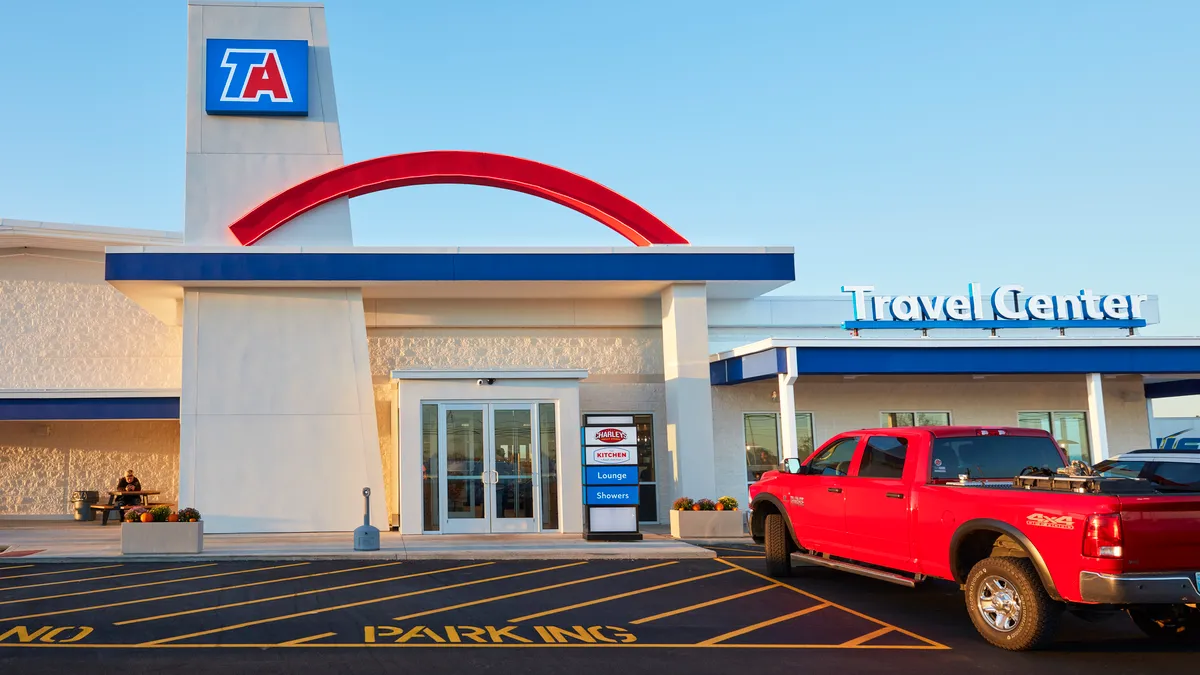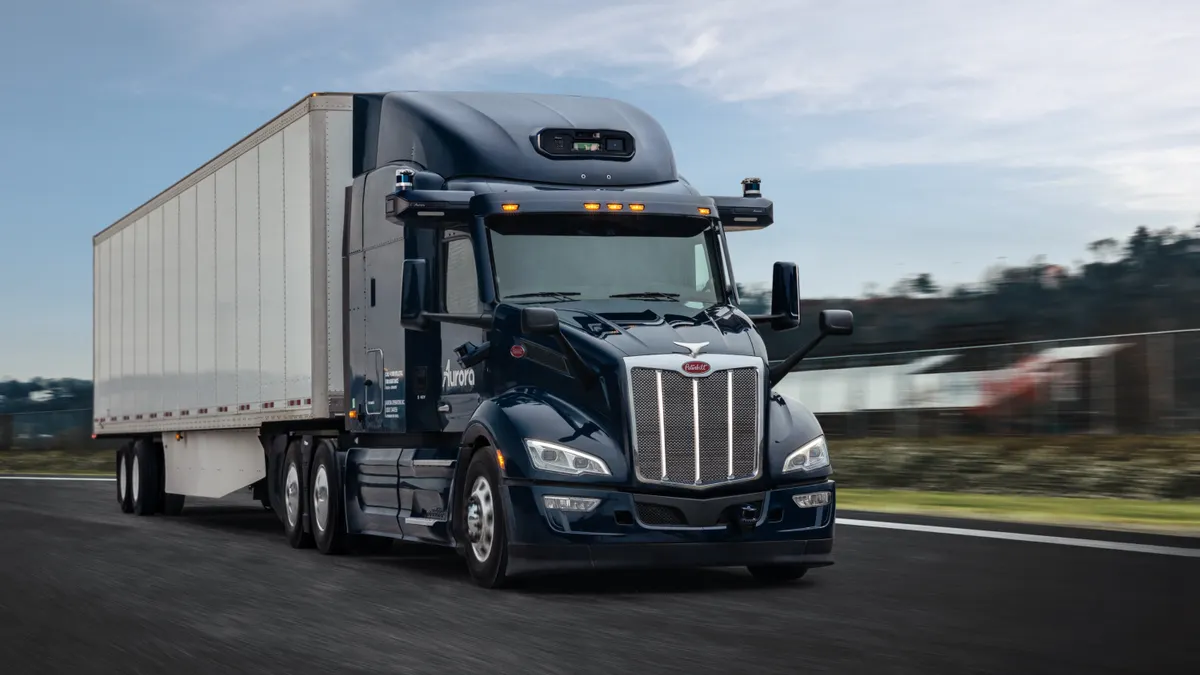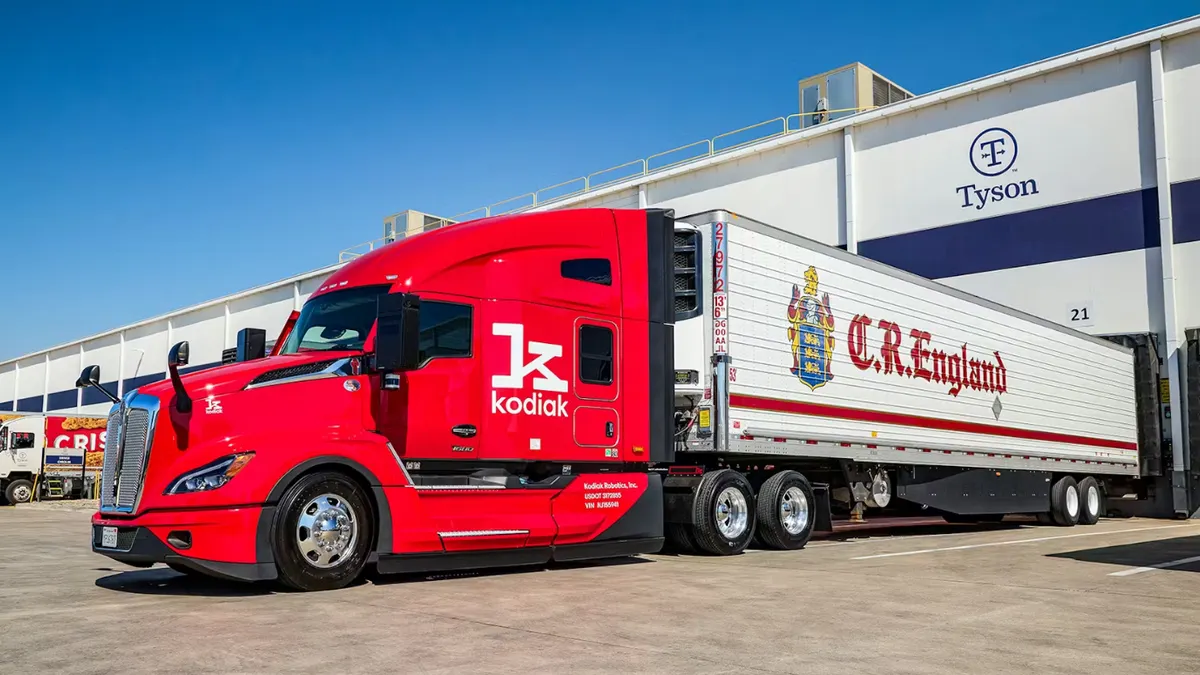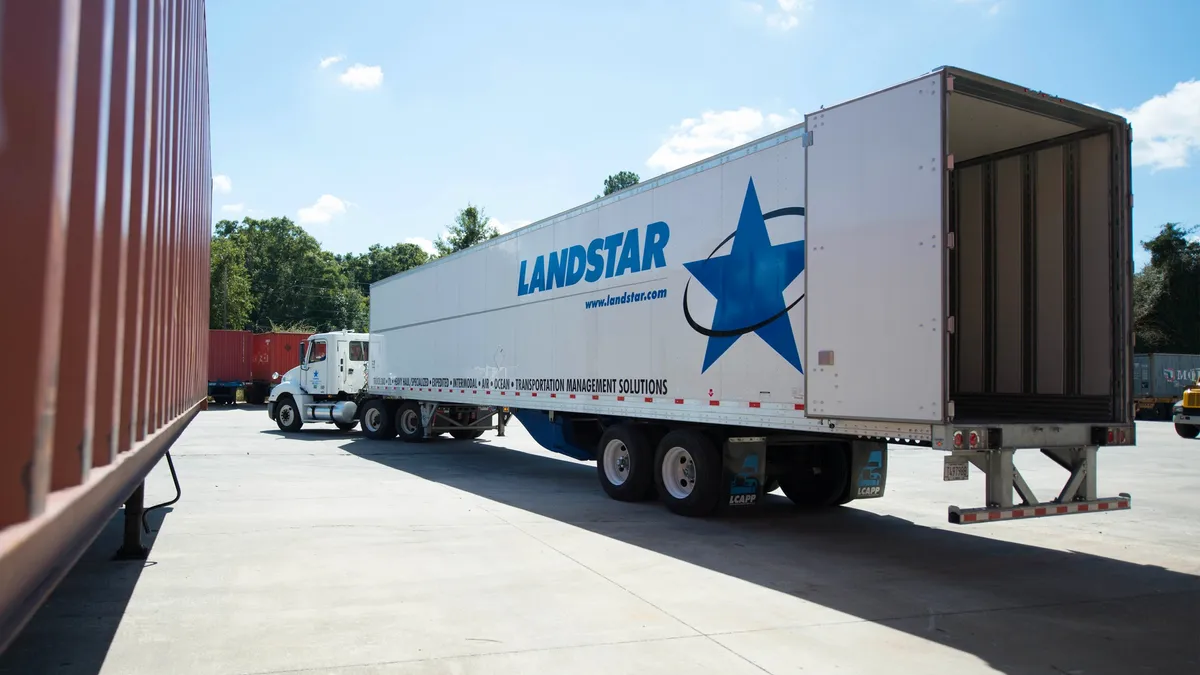Richard Peretz, former CFO of UPS, had a succinct message for fleet leaders in attendance at a recent webinar.
"Everyone in the audience will not have a choice but to, at some point, adopt the use of artificial intelligence," Peretz said.
If a truck has a steering wheel that vibrates as it changes lanes, it's already using artificial intelligence, he said.
The webinar, hosted by AI company Nauto, addressed various uses for the technology, from the lane departure warning systems found in trucks today, to using AI to gather data on driving behaviors, to the autonomous vehicles OEMs are developing.
Some aspects surrounding AI have yet to be fleshed out, but webinar speakers were certain of its eventual ubiquity.
"In my opinion, this is going to be the price of eggs, going forward," Christine Richards, former executive vice president and general counsel at FedEx, said during the webinar.
She projected AI-powered safety tools would become standard on vehicles, especially considering the liability protection they provide.
"There's nothing a lawyer likes better than having a case that's more defensible, rather than less defensible," Richards said.
As technology develops, so do safety expectations
Richards recalled working in the industry in 1984, when there was very little computing power, no AI and no data analysis. At that time, Peretz added, the Apple IIe was the new personal computer.
"The only thing you could really use to manage risk ... for many, many years was training and reinforcement," Peretz said. "All you could do is react and continue to train."
Companies needed to continuously improve feedback and other accountability mechanisms, Richards said. FedEx used to have check rides monthly or once every two months, she said.
What the companies needed long term, Peretz said, was data "that helped us not so much think about what happened, but to help us predict what's going to happen."
And that's precisely what the technology has been developed to do. Now, fleets can constantly monitor driver behavior and help drivers improve. The technology is a preventative measure that prepares drivers for future operations, rather than solely addressing a scenario that occurred in the past.
Richards said this type of training is becoming a standard in the industry. She noted the scrutiny placed on fleets in regards to the financial implications of safety events and risks, calling it the "second-biggest challenge" she faced during her time in the industry, the biggest being the "problems" companies face in running a safe operation.
"The expectations that are on companies with respect to operation of vehicles have changed radically — really since the year 2000," Richards said. "The expectation that the company would be able to understand where new areas of risks are evolving toward, and to take action to prevent problems with that evolution in mind, is a real mindset change from where we were prior to 2000."
This change in mindset comes as insurance costs are on the rise. Insurance was ranked the No. 5 critical issue facing the trucking industry in 2020, according to the American Transportation Research Institute's annual list. When companies create their insurance reserves, they typically look at the last few years of data, Peretz said. AI could change that.
"If you have these new tools, that could change — and it should change — how the reserves are created," Peretz said.
"The expectations that are on companies with respect to operation of vehicles have changed radically — really since the year 2000."

Christine Richards
Former Executive Vice President and General Counsel at FedEx
Mechanisms for predictive risk mitigation has implications outside of risk management and related direct costs, Richards said. It also comes up in corporate financing and financial reporting. During due diligence, a fleet will likely be asked how it evaluates risk.
"Anything that can be a proactive way of addressing and reducing the need to have greater [insurance] reserves will be a positive," Richards said. "The reality of it is, these are regular topics in senior management meetings."
And the topic is raised regularly by boards, she continued. They'll ask about what technologies companies are failing to adopt that could reduce risk.
"Every single one of these major events has a negative implication on your brand," she said. "The number one job of everyone who works for a company is to protect their brand."
A long way from Apple IIe
Though technology has come a long way from the Apple IIe, there's still an endless amount of development to come. Richards implored trucking companies to engage with it.
"The time for sitting around and letting everything be proven to be just set in stone or to have it be required by a regulator — which is the worst possible situation — it's not now. I mean, the future is our friend," Richards said.
Peretz predicted AI tools being developed on the driver side of the equation would eventually intersect with the AI tools on the fleet-management side. And perhaps that could result in an integrated solution where trucks are not fully autonomous, but drivers can automate parts of a route and take back the controls when they need to.
Richards agreed, predicting that, in 10 to 15 years, AI will help create a safer vehicle while keeping the driver in the cab.
"I would argue that artificial intelligence, machine learning, deep learning are going to be actually much more value added to the industry than the autonomous vehicles. That will eventually come, but they really come out of the result of having the information from artificial intelligence," said Peretz.


